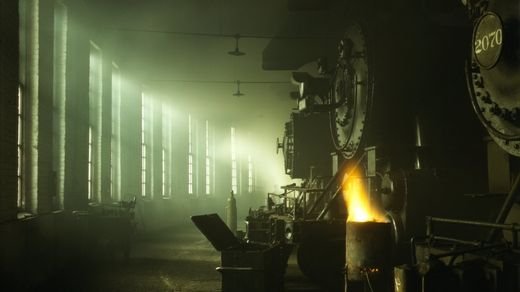Steam boilers are the unsung heroes of many industries, providing the power and heat necessary for a wide range of processes. Understanding the intricacies of steam boiler operation is not only crucial for efficiency but also for safety and productivity. In this comprehensive guide, we will delve into the world of steam boiler operation, covering key principles, procedures, and best practices.
The Basics of Steam Boiler Operation
Steam boiler operation involves the conversion of water into steam by the application of heat. The resulting steam can then be used for various purposes, such as heating, power generation, and industrial processes. Here’s a step-by-step overview of how steam boiler operation works:
1. Fuel Combustion
Steam boilers typically rely on the combustion of a fuel source, such as natural gas, oil, coal, or biomass, to produce heat. The fuel is ignited within the combustion chamber, creating a high-temperature environment.
2. Heat Transfer
The heat generated during combustion is transferred to water contained within the boiler’s pressure vessel. This transfer of heat causes the water to reach its boiling point, leading to the formation of steam.
3. Steam Generation
As the water turns into steam, it expands and increases in volume. This increase in volume creates pressure within the boiler, which can be controlled and regulated.
4. Steam Distribution
Once generated, steam is directed to its intended destination through a network of pipes. It can be used for various applications, including heating, powering turbines for electricity generation, or as a heat source for industrial processes.
Key Components of a Steam Boiler
Understanding the essential components of a steam boilers is integral to proper operation:
1. Pressure Vessel
The pressure vessel is the core component of a steam boiler. It houses water and steam under pressure and is designed to withstand high temperatures and pressures safely.
2. Burner
The burner is responsible for fuel combustion. It must deliver a precise mixture of fuel and air to ensure efficient combustion. Modern burners often include advanced controls for optimization.
3. Combustion Chamber
The combustion chamber is where fuel and air mix and ignite. It plays a crucial role in the efficiency of combustion.
4. Heat Exchanger
Heat exchangers facilitate the transfer of heat from the combustion process to the water, resulting in steam generation.
5. Safety Devices
Steam boilers are equipped with safety devices such as pressure relief valves, safety shut-off valves, and low-water cutoffs to prevent overpressure, overheating, and dry firing.
Boiler Operation Procedures
Safe and efficient steam boiler operation requires adherence to specific procedures and practices:
1. Startup Procedure
- Verify proper water levels in the boiler.
- Ensure the fuel supply and ignition systems are operational.
- Gradually increase the fuel supply while monitoring temperature and pressure.
- Open the steam outlet valve slowly to prevent rapid pressure changes.
2. Operation and Monitoring
- Maintain steady pressure and temperature within the recommended operating range.
- Monitor water levels continuously and add water as needed to maintain safe levels.
- Regularly check and clean burner components to ensure efficient combustion.
- Monitor and record pressure, temperature, and other critical parameters.
3. Shutdown Procedure
- Gradually reduce the fuel supply to bring the boiler to a safe and controlled stop.
- Close the steam outlet valve.
- Perform a thorough inspection of the boiler and related components during shutdown.
- Drain and flush the boiler if necessary to remove sediment and impurities.
Regular Maintenance
Proper maintenance is vital to the longevity and efficiency of a steam boiler:
- Conduct regular inspections to identify and address issues promptly.
- Clean and de-scale boiler surfaces to maintain heat transfer efficiency.
- Test safety devices and controls to ensure they function correctly.
- Implement a water treatment program to prevent scaling and corrosion.
Safety and Training
Steam boiler operation is a specialized skill that requires proper training and safety awareness. Operators should be well-versed in safety protocols, emergency procedures, and boiler-specific knowledge.
Conclusion
Steam boiler operation is a complex but essential process that powers many industrial operations. Understanding the fundamental principles, components, and procedures involved is crucial for safe and efficient operation. By adhering to best practices, conducting regular maintenance, and prioritizing safety and training, industries can harness the power of steam boilers to drive productivity and achieve their operational goals while ensuring the well-being of personnel and the integrity of equipment




